Scroll for prep

Please wait…
This video is having trouble loading. You may have lost your Internet connection.
Step 1: Click to Reload this page
Step 2: Click to
Try our other video player
Step 3: Contact your teacher if trouble persists.
Or,
dismiss this message.
CONVERSEMOS:
¿Por qué crees que los borregos cimarrones vienen al área de juegos?

Please wait…
This video is having trouble loading. You may have lost your Internet connection.
Step 1: Click to Reload this page
Step 2: Click to
Try our other video player
Step 3: Contact your teacher if trouble persists.
Or,
dismiss this message.
CONVERSEMOS:
¿Por qué se regresan a las montañas secas los borregos todas las noches? ¿Por qué no se quedan en el parque? ¿Tienes alguna idea?

Please wait…
This video is having trouble loading. You may have lost your Internet connection.
Step 1: Click to Reload this page
Step 2: Click to
Try our other video player
Step 3: Contact your teacher if trouble persists.
Or,
dismiss this message.

Please wait…
This video is having trouble loading. You may have lost your Internet connection.
Step 1: Click to Reload this page
Step 2: Click to
Try our other video player
Step 3: Contact your teacher if trouble persists.
Or,
dismiss this message.
Paso
01/17
01/17
Obtén tus materiales.

Please wait…
This video is having trouble loading. You may have lost your Internet connection.
Step 1: Click to Reload this page
Step 2: Click to
Try our other video player
Step 3: Contact your teacher if trouble persists.
Or,
dismiss this message.
Paso
02/17
02/17
Vas a doblar tu Diario de Hábitats a la mitad, a lo largo de la línea
negra y gruesa. Voltéalo, alinea la esquinas, y haz un doblez.
Dóblalo otra vez a lo largo de la línea negra.
negra y gruesa. Voltéalo, alinea la esquinas, y haz un doblez.
Dóblalo otra vez a lo largo de la línea negra.

Please wait…
This video is having trouble loading. You may have lost your Internet connection.
Step 1: Click to Reload this page
Step 2: Click to
Try our other video player
Step 3: Contact your teacher if trouble persists.
Or,
dismiss this message.
Paso
03/17
03/17
Escribe tu nombre y la fecha en la portada de tu Diario de Hábitats.
Abre tu Diario a la página que dice "Hábitat: El Parque".
Abre tu Diario a la página que dice "Hábitat: El Parque".

Please wait…
This video is having trouble loading. You may have lost your Internet connection.
Step 1: Click to Reload this page
Step 2: Click to
Try our other video player
Step 3: Contact your teacher if trouble persists.
Or,
dismiss this message.
Paso
04/17
04/17
Vas a practicar a encontrar animales en el parque. Busca
borregos cimarrones, halcones, lagartos, tortugas y coyotes.
Cuenta cuantos animales ves en 15 segundos.
borregos cimarrones, halcones, lagartos, tortugas y coyotes.
Cuenta cuantos animales ves en 15 segundos.

Please wait…
This video is having trouble loading. You may have lost your Internet connection.
Step 1: Click to Reload this page
Step 2: Click to
Try our other video player
Step 3: Contact your teacher if trouble persists.
Or,
dismiss this message.
Paso
05/17
05/17
Cuándo veas un animal, encuéntralo en tu Diario de Hábitats y pon
una x en el cuadrito arriba de él. Si vuelves a ver al mismo animal,
pon otra X en el siguiente cuadrito.
una x en el cuadrito arriba de él. Si vuelves a ver al mismo animal,
pon otra X en el siguiente cuadrito.

Please wait…
This video is having trouble loading. You may have lost your Internet connection.
Step 1: Click to Reload this page
Step 2: Click to
Try our other video player
Step 3: Contact your teacher if trouble persists.
Or,
dismiss this message.
Paso
06/17
06/17
Tendrás un minuto y 30 segundos para ver cuántos animales
encuentras ¡Pon atención! En sus marcas...listos...¡fuera!
encuentras ¡Pon atención! En sus marcas...listos...¡fuera!

Please wait…
This video is having trouble loading. You may have lost your Internet connection.
Step 1: Click to Reload this page
Step 2: Click to
Try our other video player
Step 3: Contact your teacher if trouble persists.
Or,
dismiss this message.
Paso
07/17
07/17
Encierra en un círculo los animales que en el parque.

Please wait…
This video is having trouble loading. You may have lost your Internet connection.
Step 1: Click to Reload this page
Step 2: Click to
Try our other video player
Step 3: Contact your teacher if trouble persists.
Or,
dismiss this message.
Paso
08/17
08/17
Cuenta la cantidad total de animales que encontraste en el parque.
Cuenta todas las X que pusiste y luego escribe ese número en tu
Diario de Hábitats.
Cuenta todas las X que pusiste y luego escribe ese número en tu
Diario de Hábitats.

Please wait…
This video is having trouble loading. You may have lost your Internet connection.
Step 1: Click to Reload this page
Step 2: Click to
Try our other video player
Step 3: Contact your teacher if trouble persists.
Or,
dismiss this message.
Paso
09/17
09/17
Llegó la hora de visitar el desierto para ver cuántos animales puedes
encontrar ahí.
encontrar ahí.

Please wait…
This video is having trouble loading. You may have lost your Internet connection.
Step 1: Click to Reload this page
Step 2: Click to
Try our other video player
Step 3: Contact your teacher if trouble persists.
Or,
dismiss this message.
Paso
10/17
10/17
Tendrás un minuto y 30 segundos para ver cuántos animales
encuentras ¡Pon atención! En sus marcas...listos...¡fuera!
encuentras ¡Pon atención! En sus marcas...listos...¡fuera!

Please wait…
This video is having trouble loading. You may have lost your Internet connection.
Step 1: Click to Reload this page
Step 2: Click to
Try our other video player
Step 3: Contact your teacher if trouble persists.
Or,
dismiss this message.
Paso
11/17
11/17
Encierra en un círculo los animales que viste en el desierto.

Please wait…
This video is having trouble loading. You may have lost your Internet connection.
Step 1: Click to Reload this page
Step 2: Click to
Try our other video player
Step 3: Contact your teacher if trouble persists.
Or,
dismiss this message.
Paso
12/17
12/17
Cuenta la cantidad total de animales que encontraste en el desierto.
Cuenta todas las X que pusiste y luego escribe ese número en tu
Diario de Hábitats.
Cuenta todas las X que pusiste y luego escribe ese número en tu
Diario de Hábitats.

Please wait…
This video is having trouble loading. You may have lost your Internet connection.
Step 1: Click to Reload this page
Step 2: Click to
Try our other video player
Step 3: Contact your teacher if trouble persists.
Or,
dismiss this message.
Paso
13/17
13/17
CONVERSEMOS:

Please wait…
This video is having trouble loading. You may have lost your Internet connection.
Step 1: Click to Reload this page
Step 2: Click to
Try our other video player
Step 3: Contact your teacher if trouble persists.
Or,
dismiss this message.
Paso
14/17
14/17
Nosotros nos dimos cuenta de esto.

Please wait…
This video is having trouble loading. You may have lost your Internet connection.
Step 1: Click to Reload this page
Step 2: Click to
Try our other video player
Step 3: Contact your teacher if trouble persists.
Or,
dismiss this message.
Paso
15/17
15/17
Mira los tipos de plantas y cuantas plantas la botánica encontró
en el hábitat del parque y en el hábitat del desierto.
CONVERSEMOS:
en el hábitat del parque y en el hábitat del desierto.
CONVERSEMOS:

Please wait…
This video is having trouble loading. You may have lost your Internet connection.
Step 1: Click to Reload this page
Step 2: Click to
Try our other video player
Step 3: Contact your teacher if trouble persists.
Or,
dismiss this message.

Please wait…
This video is having trouble loading. You may have lost your Internet connection.
Step 1: Click to Reload this page
Step 2: Click to
Try our other video player
Step 3: Contact your teacher if trouble persists.
Or,
dismiss this message.
Paso
16/17
16/17
Hablamos con una bióloga de vida silvestre que nos mostró estas
fotos de borregos cimarrones en el hábitat del parque y en el hábitat
del desierto. CONVERSEMOS:
fotos de borregos cimarrones en el hábitat del parque y en el hábitat
del desierto. CONVERSEMOS:

Please wait…
This video is having trouble loading. You may have lost your Internet connection.
Step 1: Click to Reload this page
Step 2: Click to
Try our other video player
Step 3: Contact your teacher if trouble persists.
Or,
dismiss this message.
Paso
17/17
17/17
CONVERSEMOS:

Please wait…
This video is having trouble loading. You may have lost your Internet connection.
Step 1: Click to Reload this page
Step 2: Click to
Try our other video player
Step 3: Contact your teacher if trouble persists.
Or,
dismiss this message.

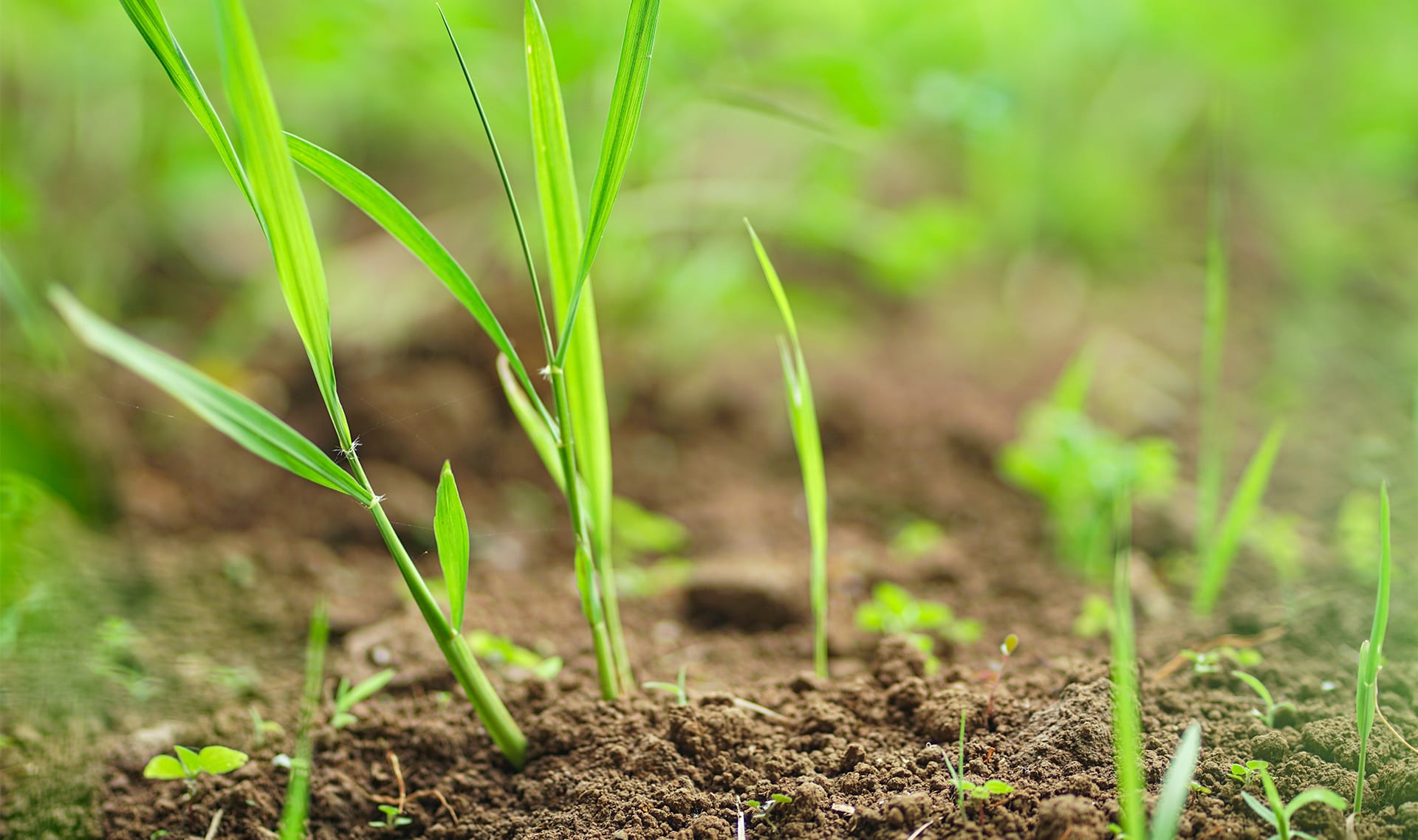
césped
1 de 15
una planta con muchas hojas largas y delgadas que crece en el suelo
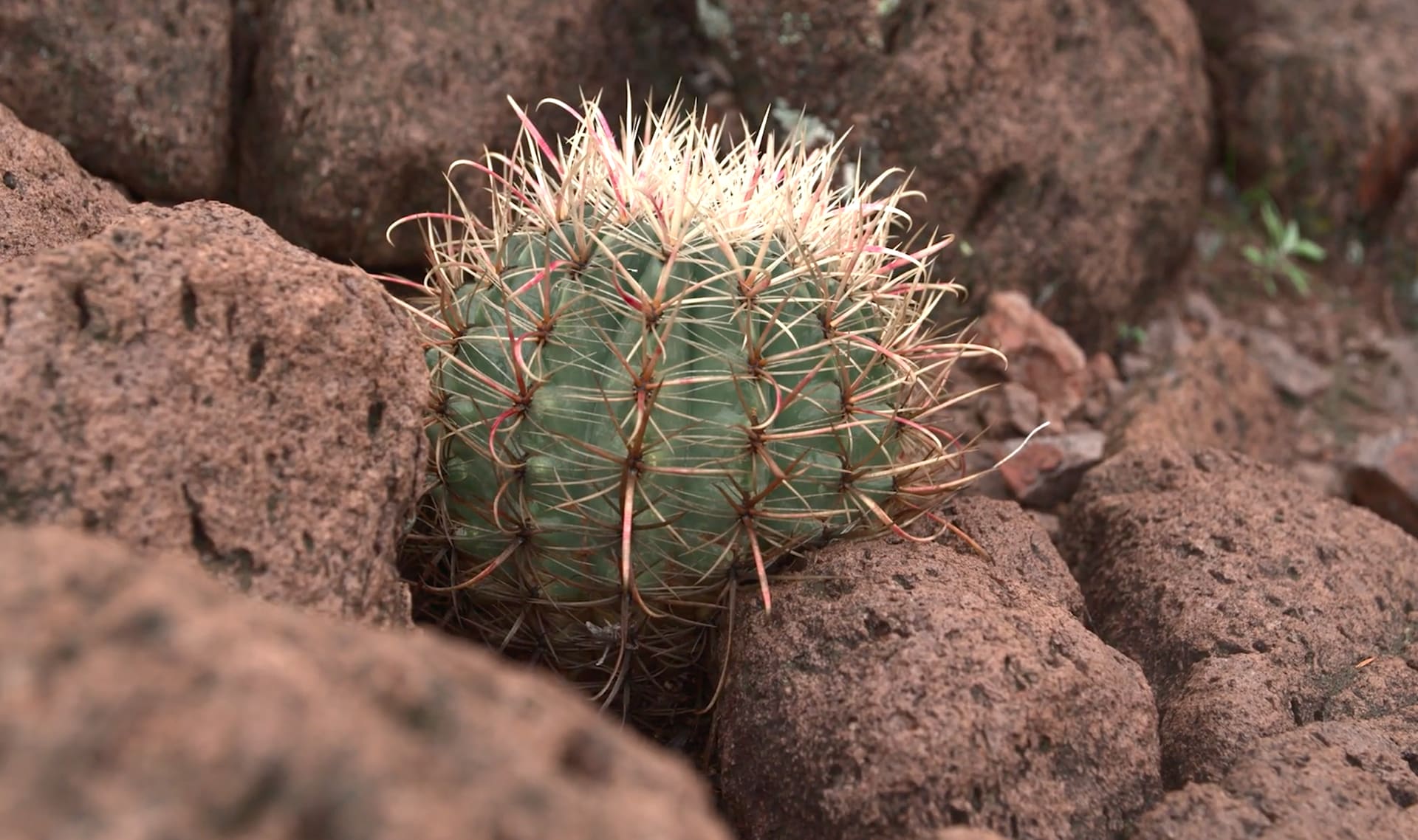
cactus
2 de 15
un grupo de plantas que por lo regular se encuentran en el desierto y tienen espinas
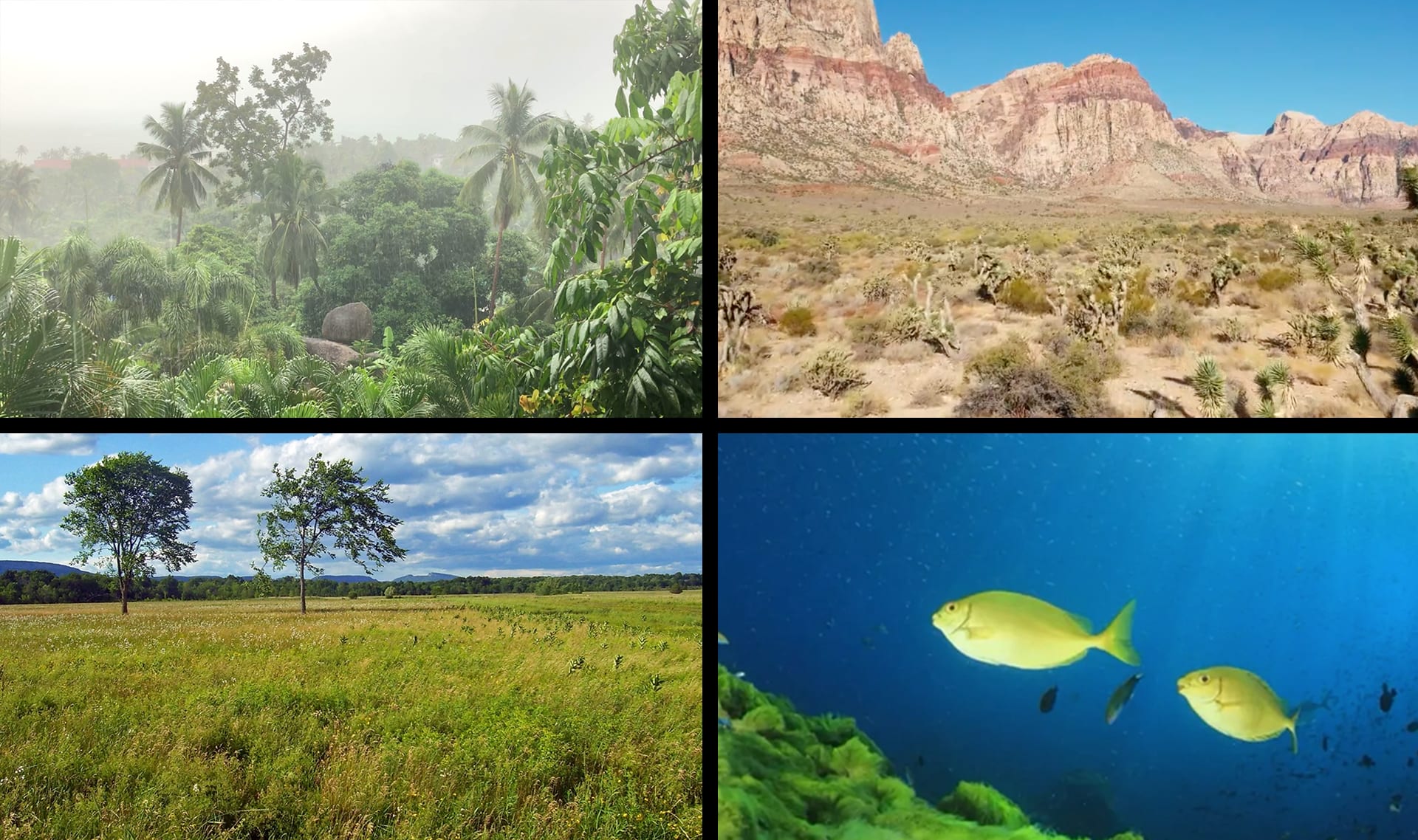
hábitat
3 de 15
el lugar donde vive un animal o una planta
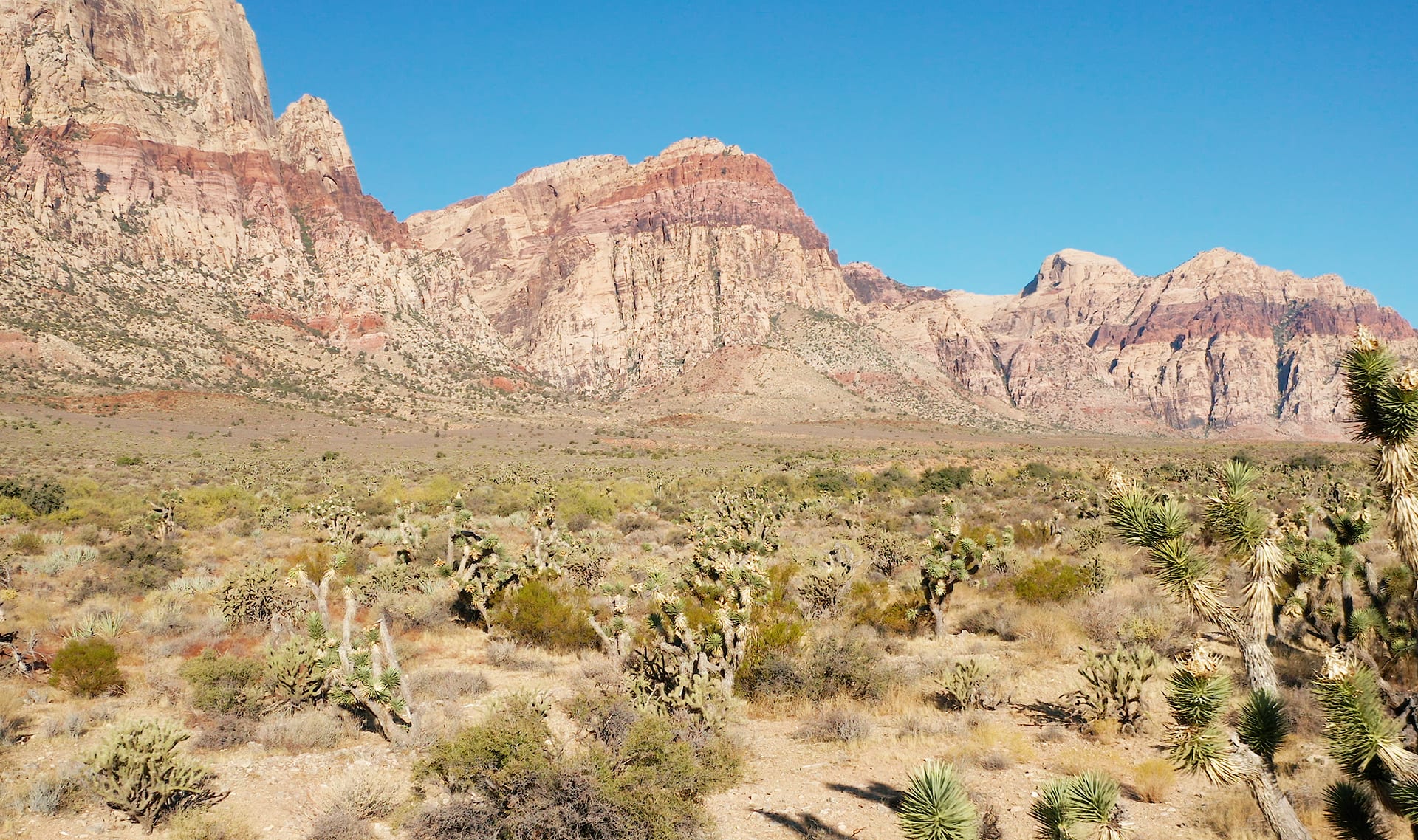
desierto
4 de 15
un hábitat que tiene temperaturas altas y no recibe mucha lluvia
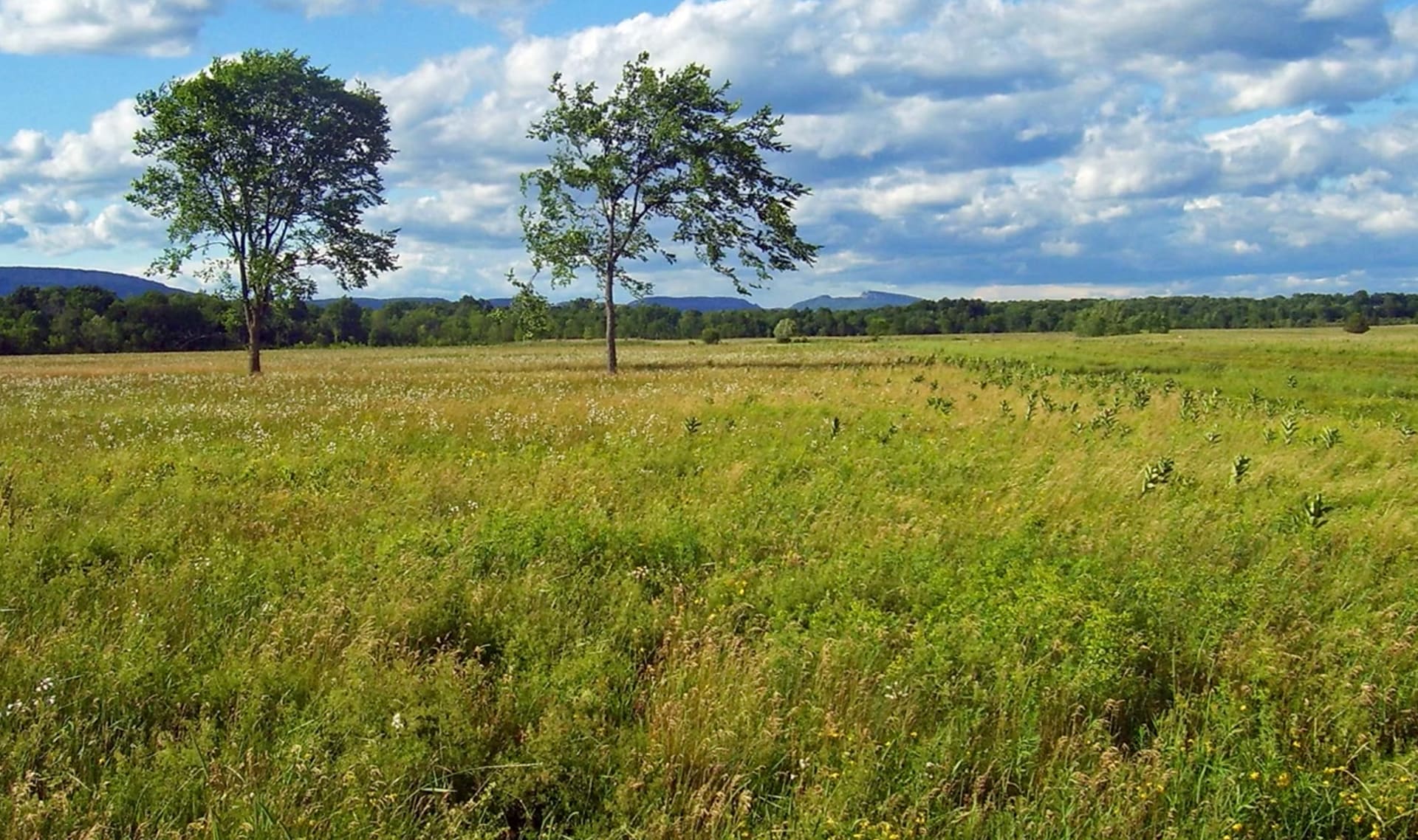
pradera
5 de 15
un hábitat lleno de pastos y muy pocos árboles
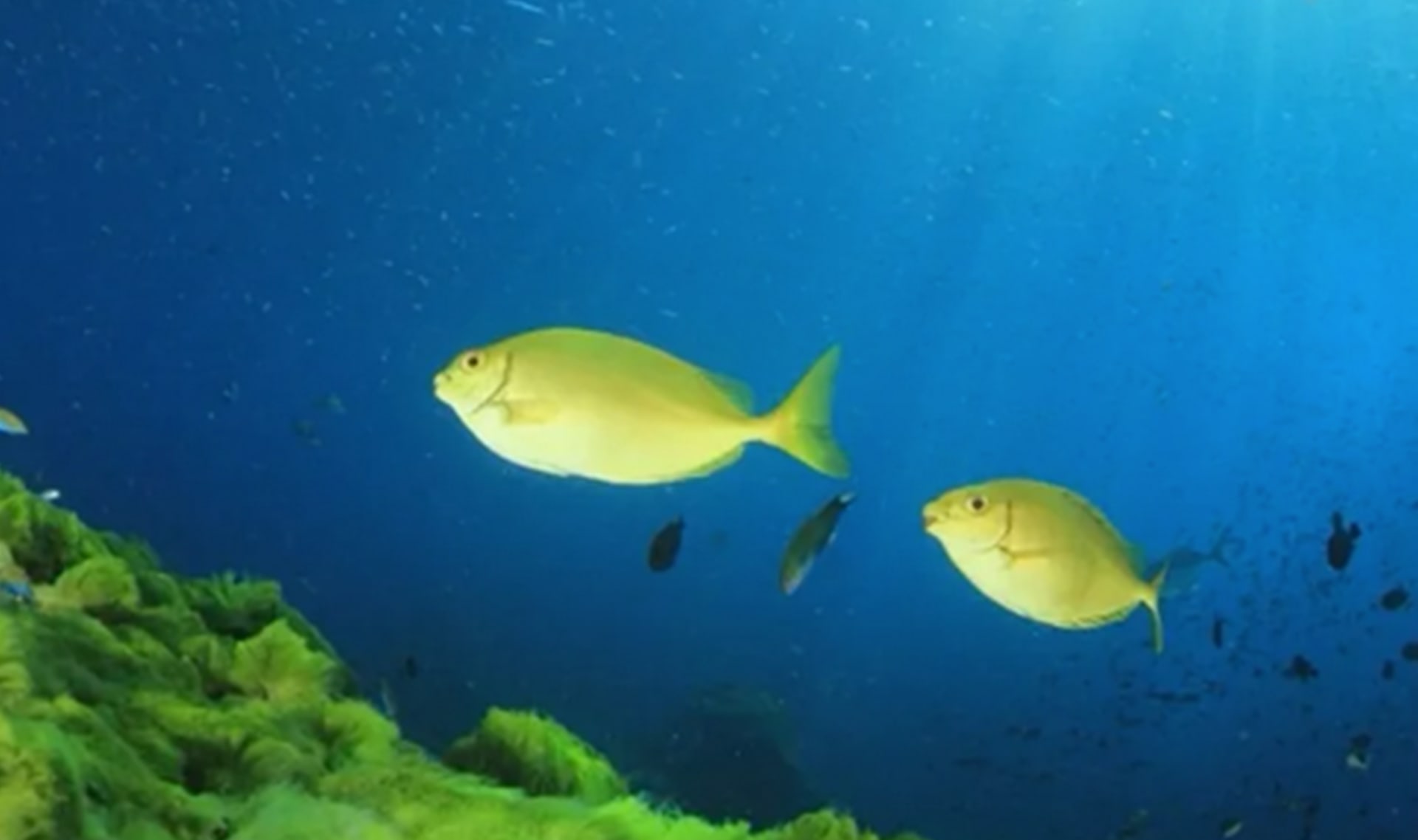
océano
6 de 15
un hábitat que es un área grande de agua salada
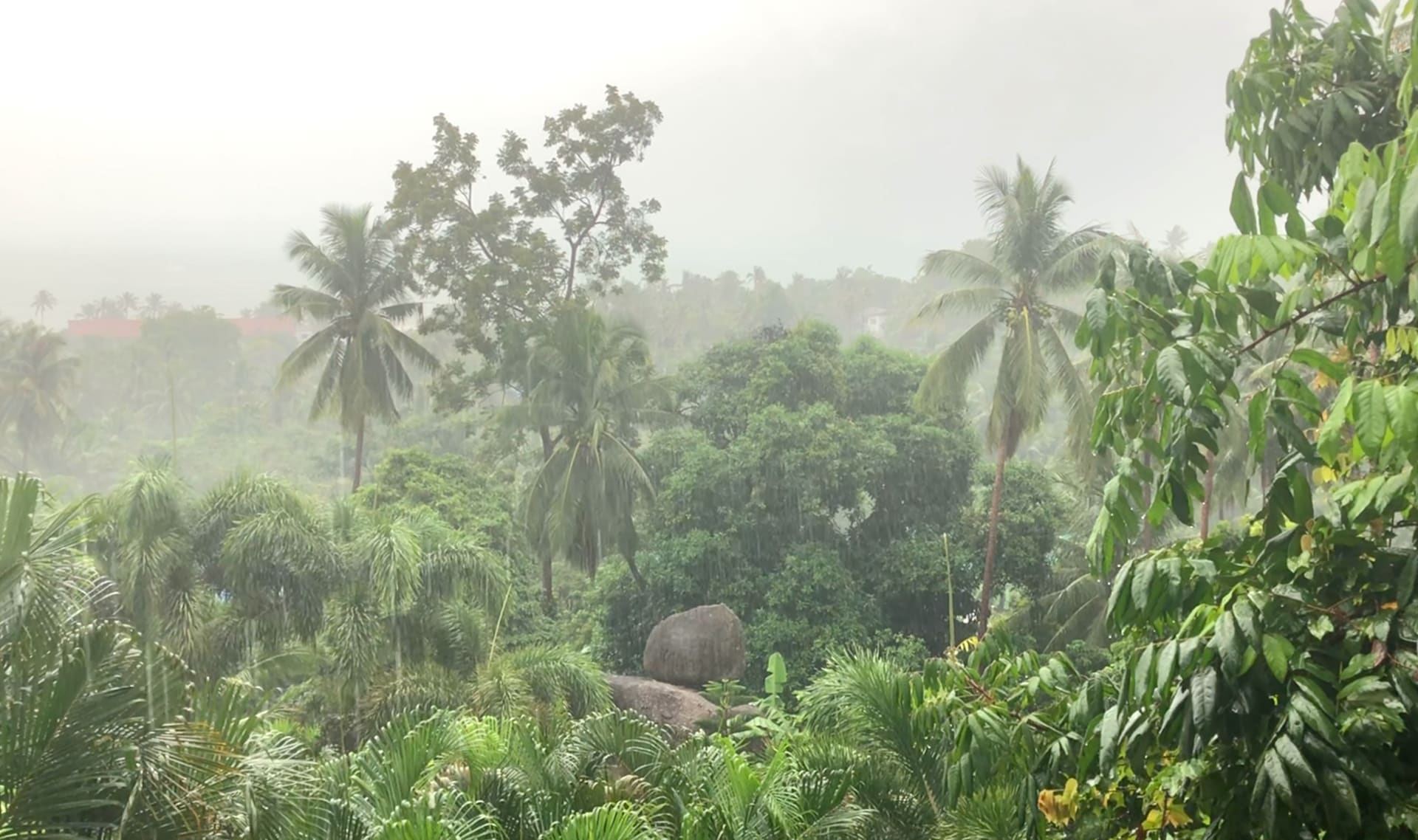
selva tropical
7 de 15
un hábitat con temperaturas cálidas y que recibe mucha lluvia
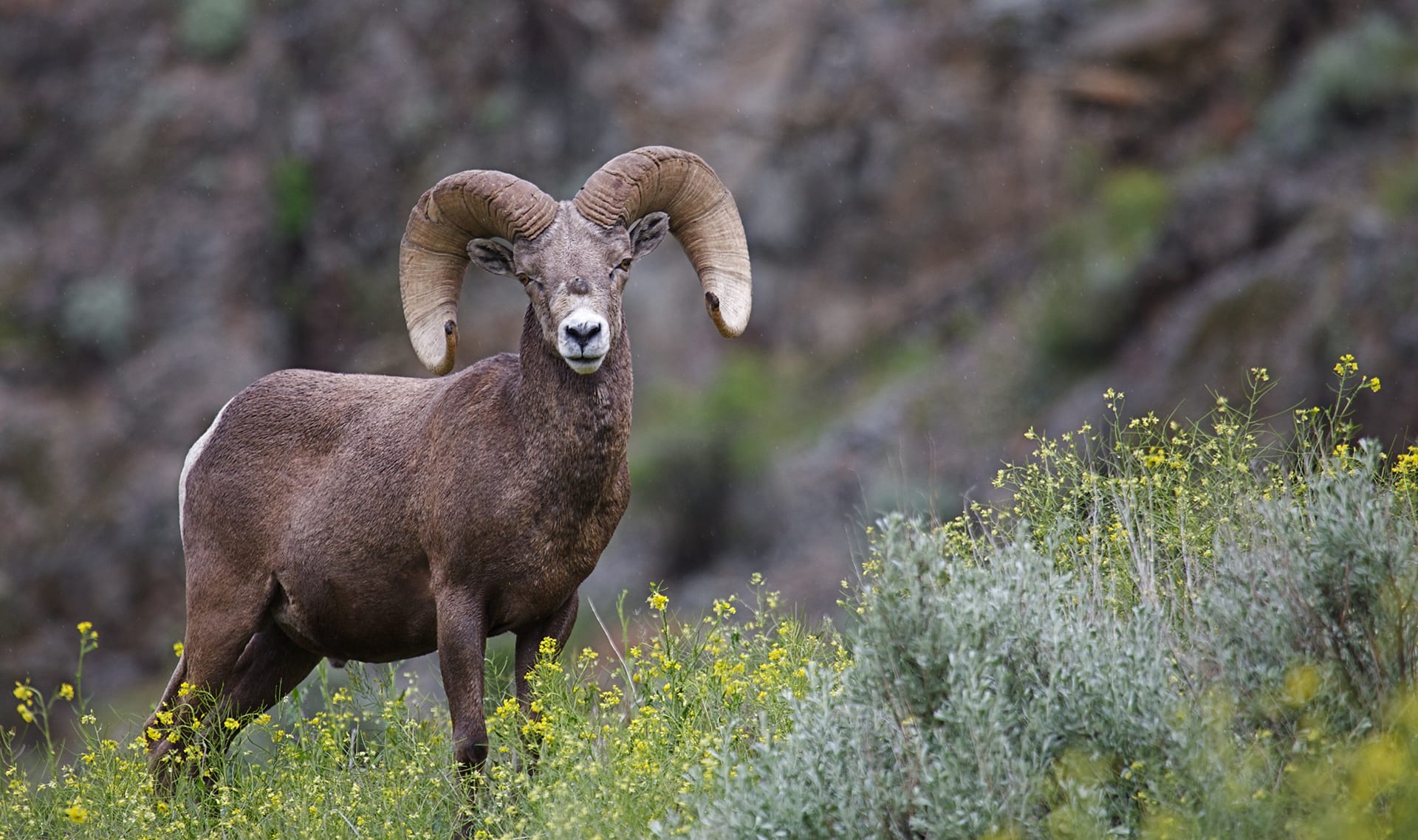
vida silvestre
8 de 15
los animales y las plantas que existen en la naturaleza
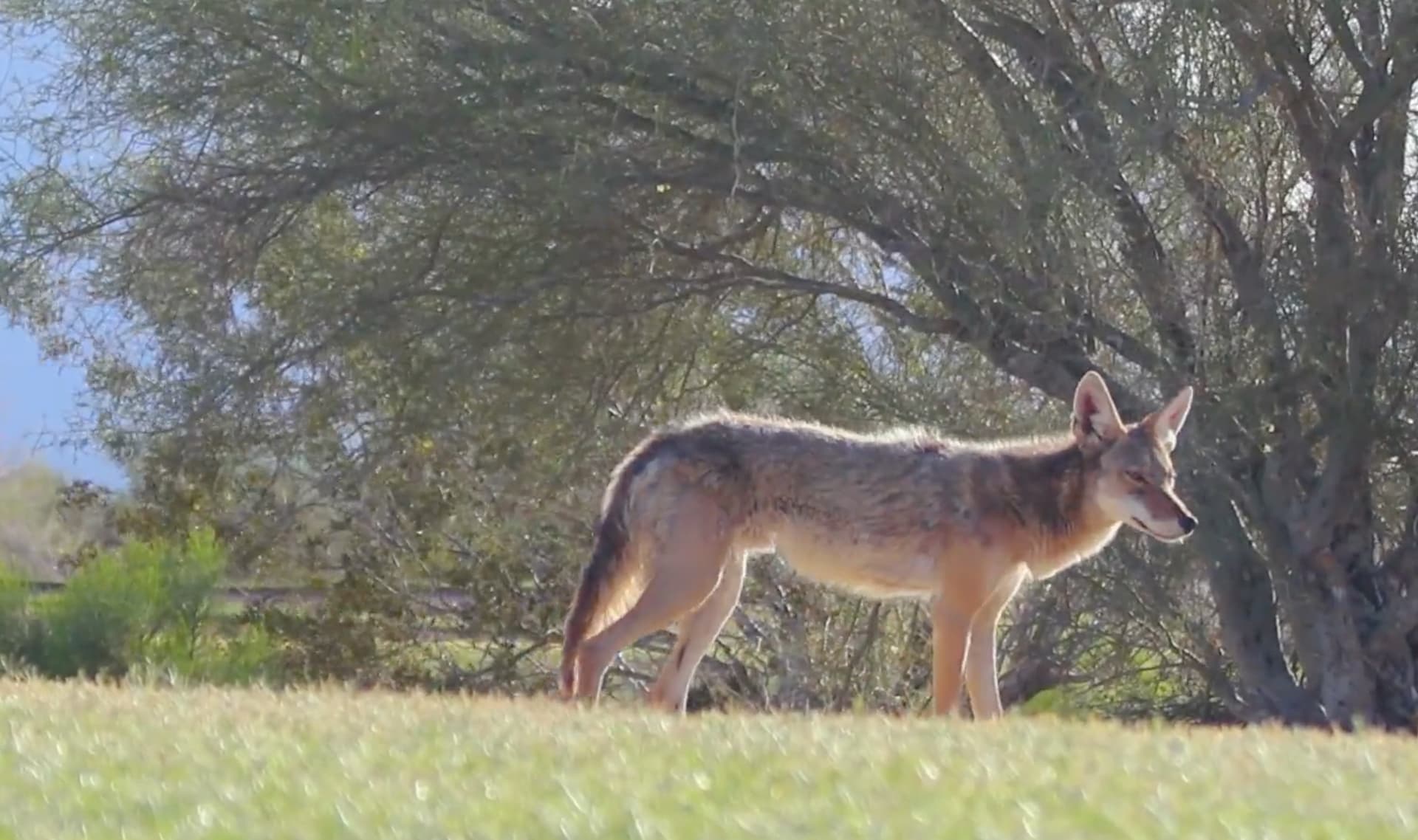
depredador
9 de 15
un animal que caza y se come a otros animales
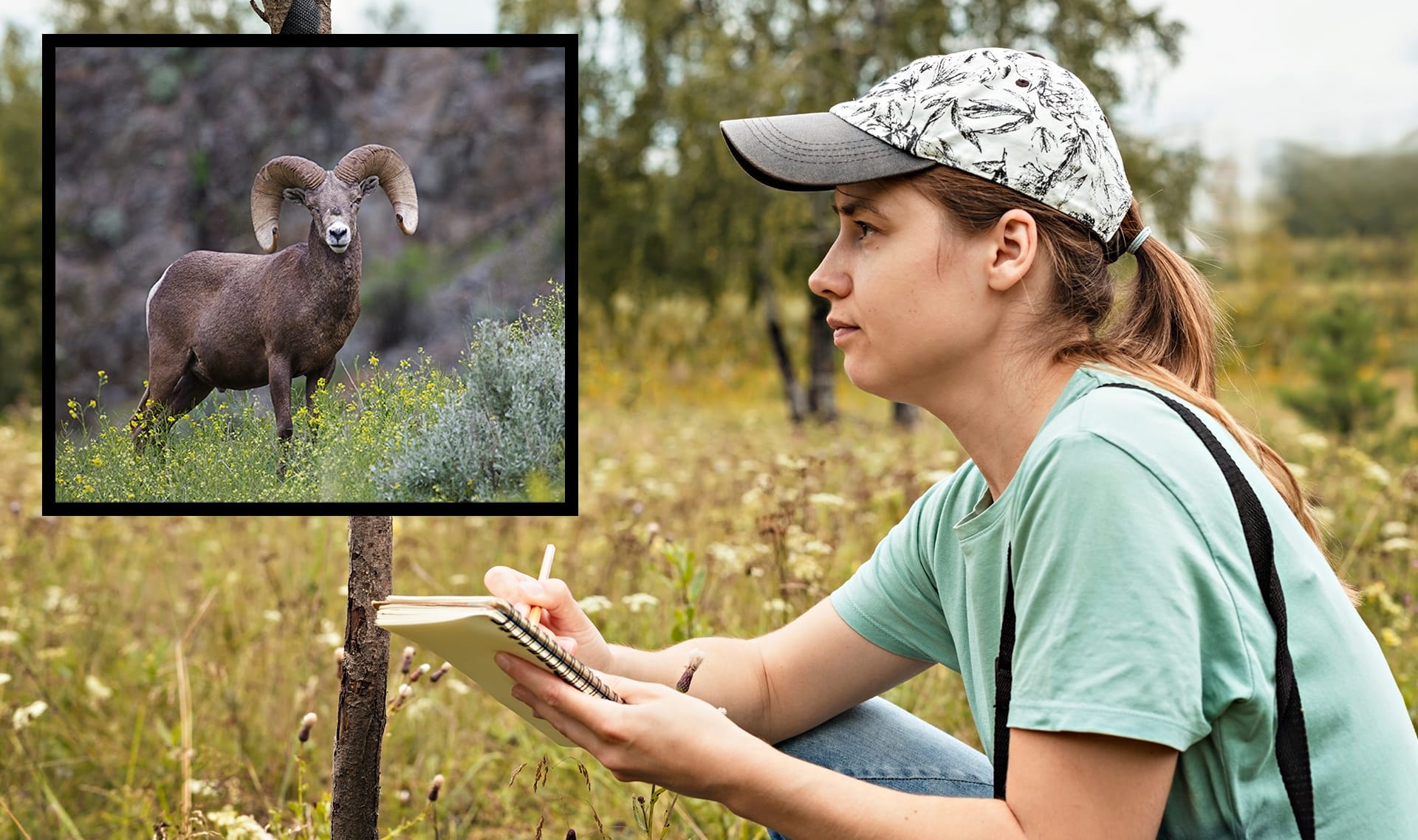
biólogo de la vida silvestre
10 de 15
un científico o una científica que se dedica al estudio de los animales

botánico
11 de 15
un científico o una científica que se dedica al estudio de las plantas

observar
12 de 15
ponerle mucha atención a algo
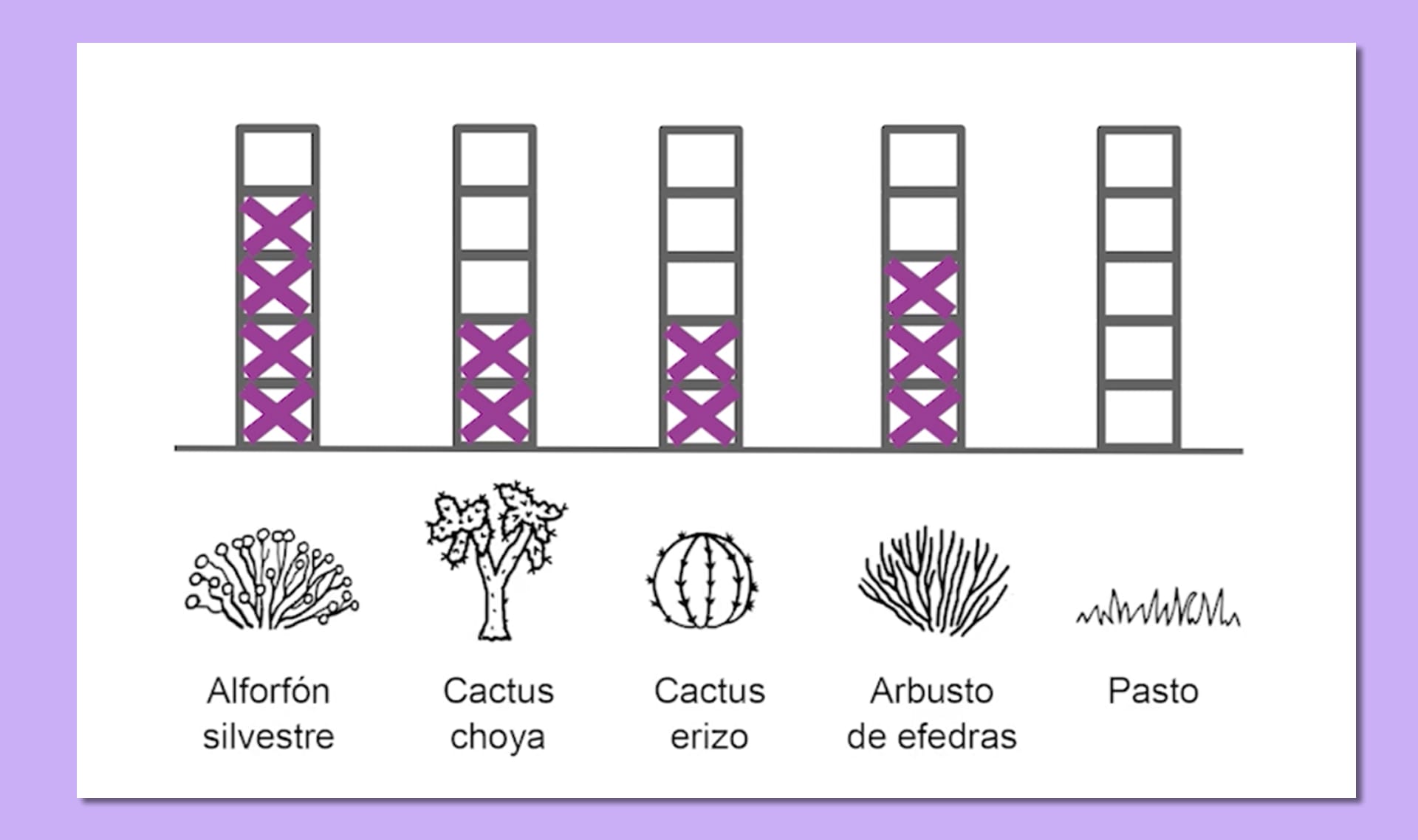
gráfica
13 de 15
una imagen que nos ayuda a entender cierta información

diversidad
14 de 15
cuando hay muchos tipos diferentes de algo (por ejemplo, muchos tipos de animales en un desierto)
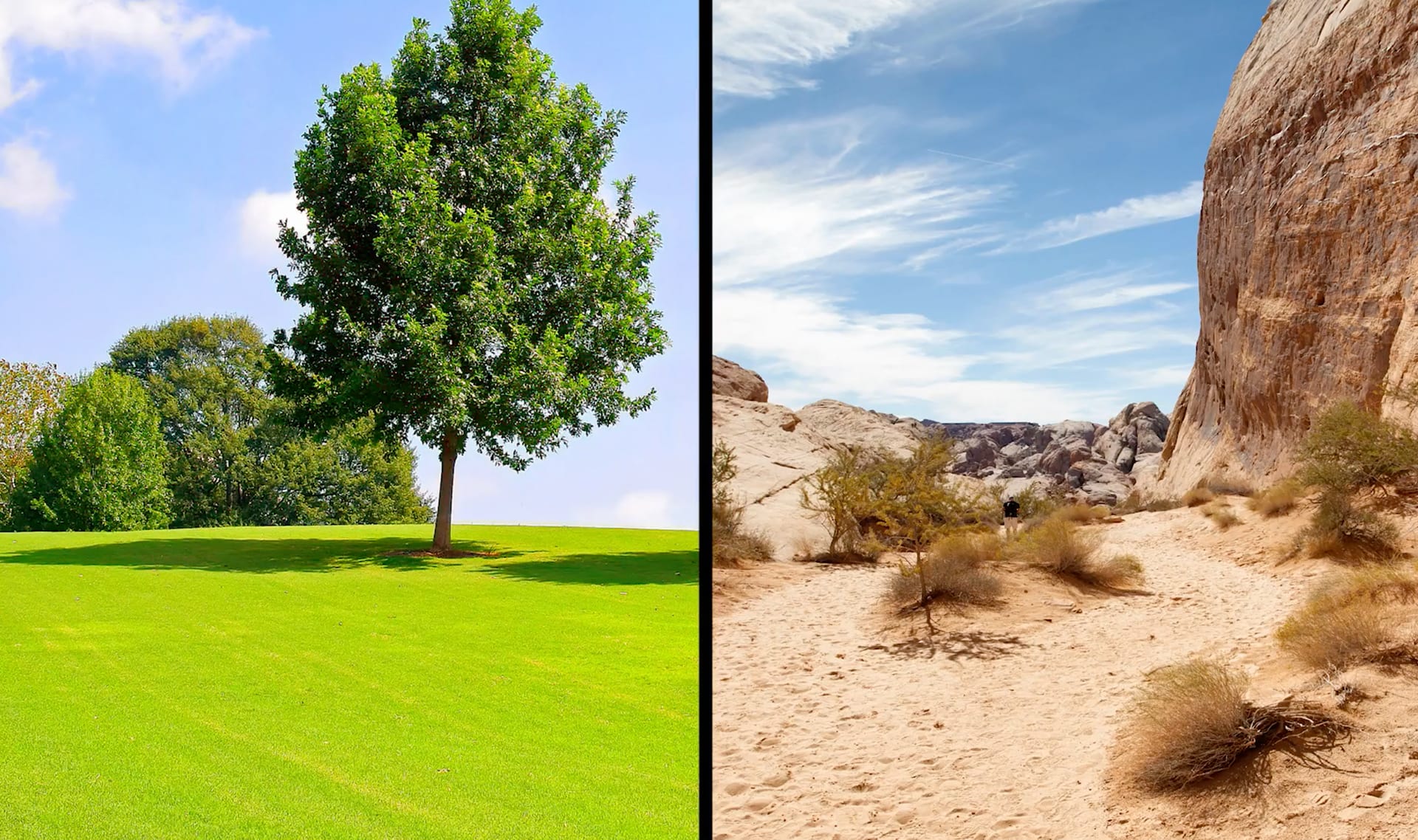
comparar
15 de 15
observar en qué se parecen y cómo son diferentes varias cosas



